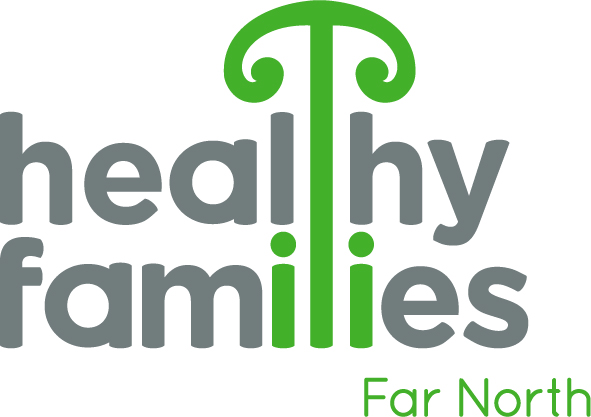Waitangi Day is one of Aotearoa’s most significant annual gatherings, but it’s also become a testing ground for what’s possible when large-scale events are designed with hauora top of mind.
From stallholder policies to water infrastructure and waste systems, the Waitangi National Trust has redesigned how one of the country’s biggest events operates – creating an environment where manaaki matters.

“We’ve gone too far to turn back now,” said Nicole Wihongi, Head of Operations and Infrastructure.
“We’ve got a solid model. Now we’re just refining it.”
The model is based on the Healthy Environments Approach developed by The Southern Initiative and Healthy Families South Auckland, adapted in partnership with Healthy Families Far North to enable wide-ranging changes across the Treaty Grounds that support health and wellbeing outcomes for whānau.
These changes include a fully enforced fizzy-free policy, increased access to drinking water, healthy food incentives for stall holders, and a reworked site layout that prioritises tamariki-friendly spaces and rest zones for whānau.

This year, for the first time, every single food vendor complied with the fizzy-free policy – a milestone that signals buy-in from stallholders and the wider community.
“Our National Trust Board set the kaupapa quite a number of years ago to eliminate fizzy, but this is the first year where we haven’t had to pull anyone up,” said Wihongi.
“It’s written in our policies now… we’ve noticed a shift from vendors and whānau where there’s no pushback, and water is generally the first choice when they’re thirsty or want something cold to drink.”
Other changes have been more subtle but just as effective, with a gold–silver–bronze system determining how vendors are prioritised and placed.
Those offering nutritional kai options are rewarded with high-visibility sites, while stalls offering sugary or highly processed foods are moved further out from key locations, encouraging more physical activity.

“This has been a real game changer for us. It’s got stall holders thinking, 'okay, well, if I want a gold spot, I have to provide these options,' but then also appreciating that if the kai isn’t so healthy, people have to walk a little further for it, and that’s okay.”
Permanent water fountains and temporary water tanks have been introduced, with St John’s reporting just one dehydration incident over the multi-day event, a significant drop compared to previous years. While waste to landfill has also decreased, thanks to reusable water bottles and composting efforts by volunteers.
Wihongi admits they’ve taken slow steps with the approach, but that’s because they’ve spent the last two years reality testing alongside vendors, whānau and the wider community.

“This whole journey has been eye-opening in terms of how our local councils, event organisers and community organisations can make small changes to improve the health of the communities we serve,” she said.
“I’m really grateful for the support of Healthy Families Far North because I don’t think this is something I could have implemented myself, but it really wasn’t hard, all it took was a shift in logistics and changing the way we do things.”
Lead Systems Innovator of Healthy Families Far North, Tawhi Tua, said the Waitangi National Trust are leading by example, demonstrating what happens when manaaki isn’t just upheld, but deliberately built into the design and delivery of the event.
“What they’re doing is they’re looking after the people and the environment, while also thinking about how they can support whānau to be well – not just for the day, but long-term,” she said.
“It makes sense that this is happening at Waitangi. As Māori, we’ve always known how to manaaki – how to feed people well, how to host safely, how to care for the collective. This is just bringing that into this event in an intentional way.”
The approach also makes events more inclusive, particularly for those with health needs, dietary requirements or those who are on their own hauora journeys, she added.

“We know there’s always going to be that good homegrown kai that people come for, but what we heard is that having access to a range of options matters, especially for those with dietary needs or who are trying to stick to a kaupapa.”
And just how much impact can these changes really make to influence long-term health?
Tua said it’s the small shifts that often lead to the biggest results.
“It’s the small, consistent shifts that make the biggest difference. You change the food options, add more water, move the shade – suddenly, the whole environment is supporting better decisions.”
“A policy change, and a few location changes for stallholders may seem small in the scheme of things, but when you think of the 60,000 people attending, the impact is much more significant, especially if other event organisers were to follow suit.”
There’s now a growing focus on how wellbeing can be embedded into the Trust’s health and safety policies, ensuring care for people is reflected in both planning and practice.
“Nicole and her hard-working team have been instrumental in leading this. I think it’s really important we celebrate and share the courageous shifts and changes made to ensure whānau are always at the centre of these decisions.”
